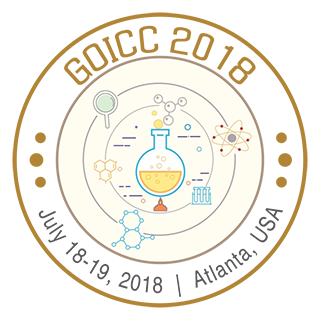
Md. Wahab Khan
Bangladesh University of Engineering and Technology, Bangladesh
Title: Synthesis of bimetallodendrimer nanoparticles based on diazine and triazine and application as catalyst for c-c coupling reactions
Biography
Biography: Md. Wahab Khan
Abstract
The emergence of nanotechnology for synthesizing bimetallic nanoparticles is presenting new possibilities for a potential revolution in the field of catalysis. Dendrimers are particularly attractive hosts for catalytically active metallic nanoparticles. The bimetallic nanoparticles (NPs) included in dendrimer are important materials because they demonstrate improved performance compared to mono metallodendrimer in many systems when used as catalysts. The review of this lesson focuses on the latest scientific achievements in bimetallic dendrimer in terms of synthesis and their use as catalysts. The nanoparticles of Pd/Cu nuclei are synthesized using reducing agents NH2-NH2. H2O with the presence of stable agent's triazine-based dendrimer compound. Palladium-copper bimetallic dendrimer nanoparticles are characterized by UV-spectroscopy, IR spectroscopy, SEM, EDX, XRD, TGA and DSC techniques. The catalytical activity of bimetallic nanoparticles has been investigated in various coupling reaction such as Heck, Sonogashira, Suzuki etc. The SEM images of the Pd/Cu bimetallic NPs shows the spherical size of the particle about range from 28 nm-52 nm and nanocluster of our synthesized compound. From EDX analysis, the presence of Palladium and Copper was well observed and Copper was 61.39% of mass and Palladium was 3.39 % of the mass of synthesized NPs.

